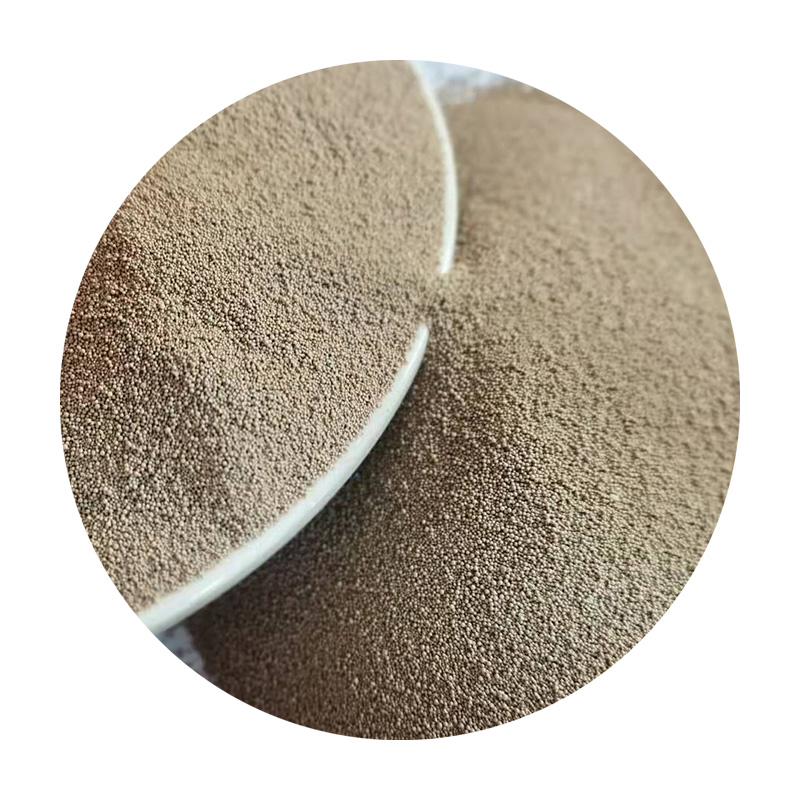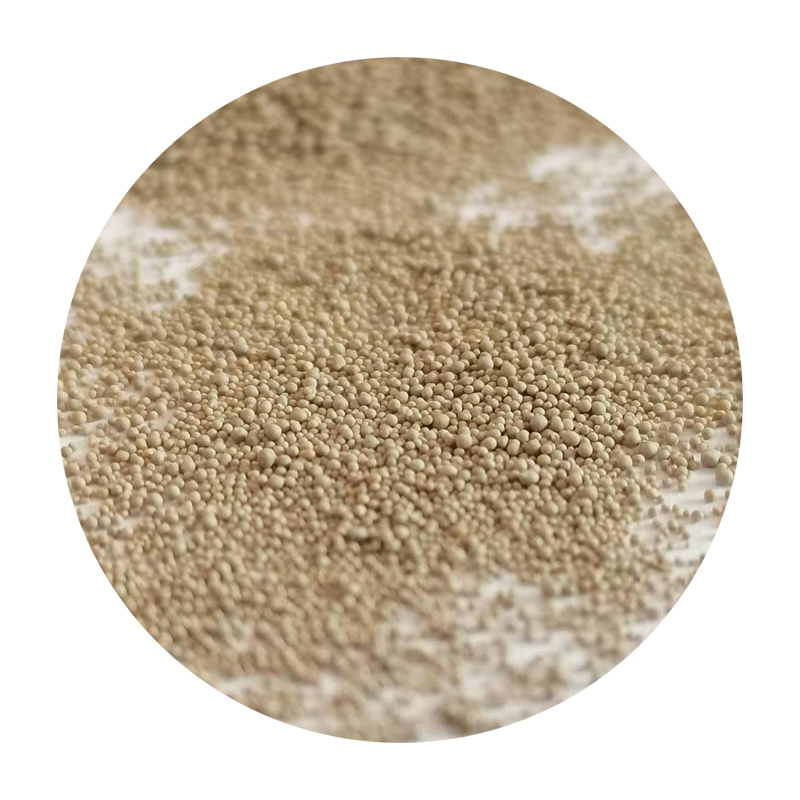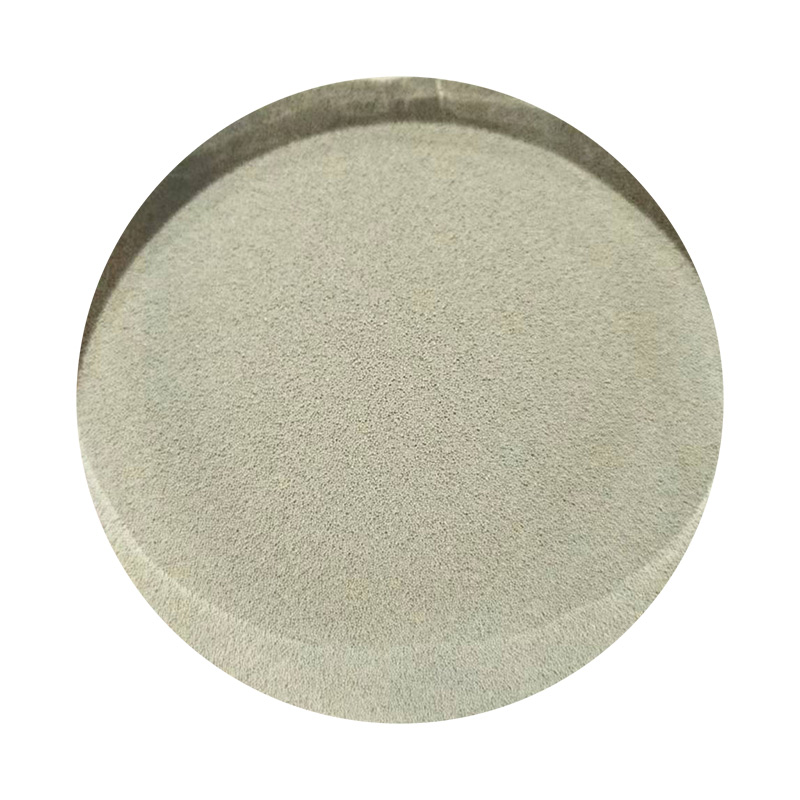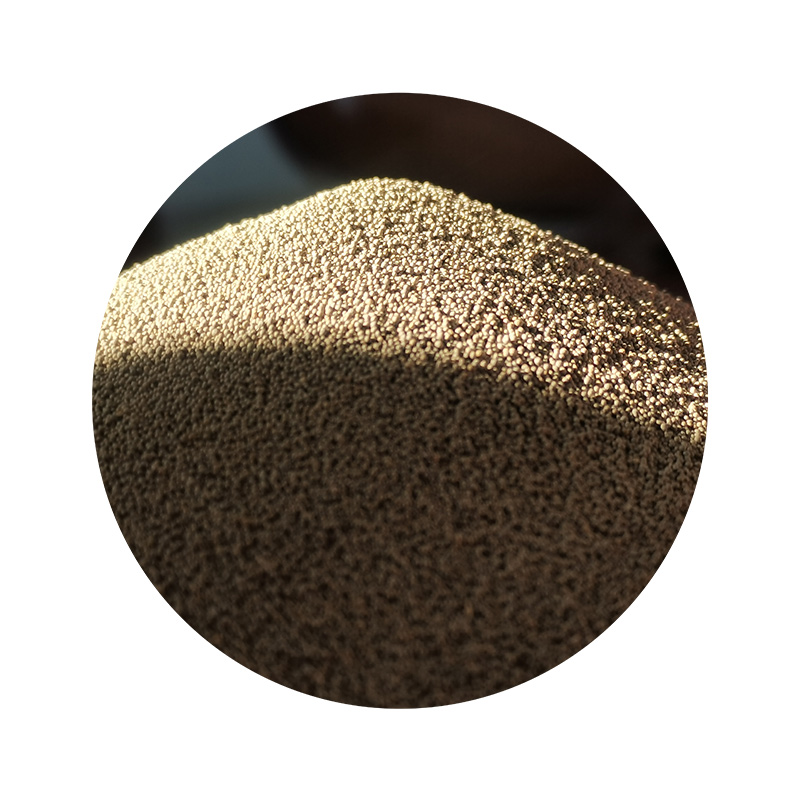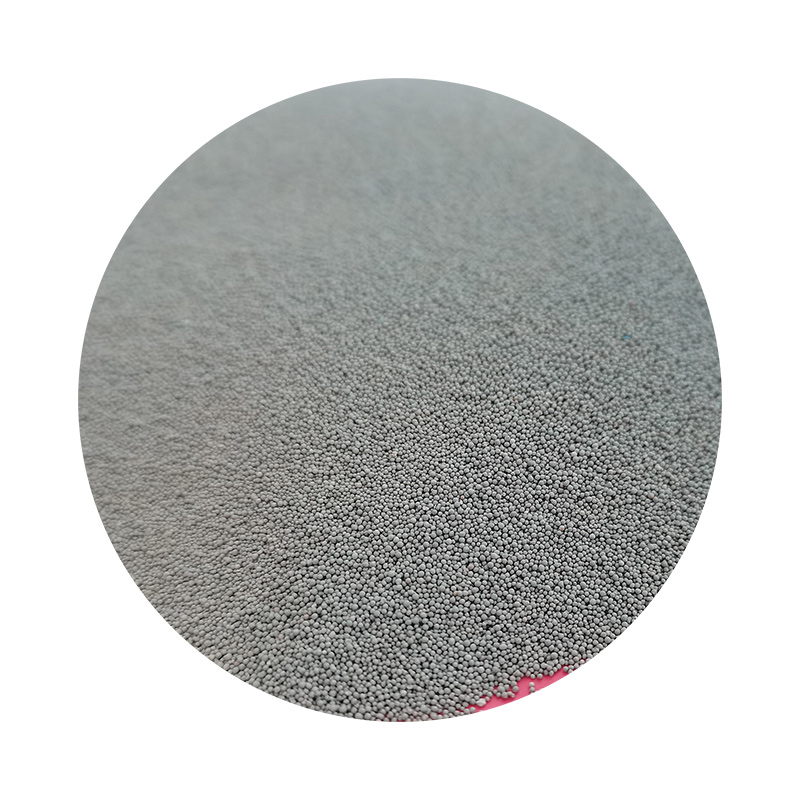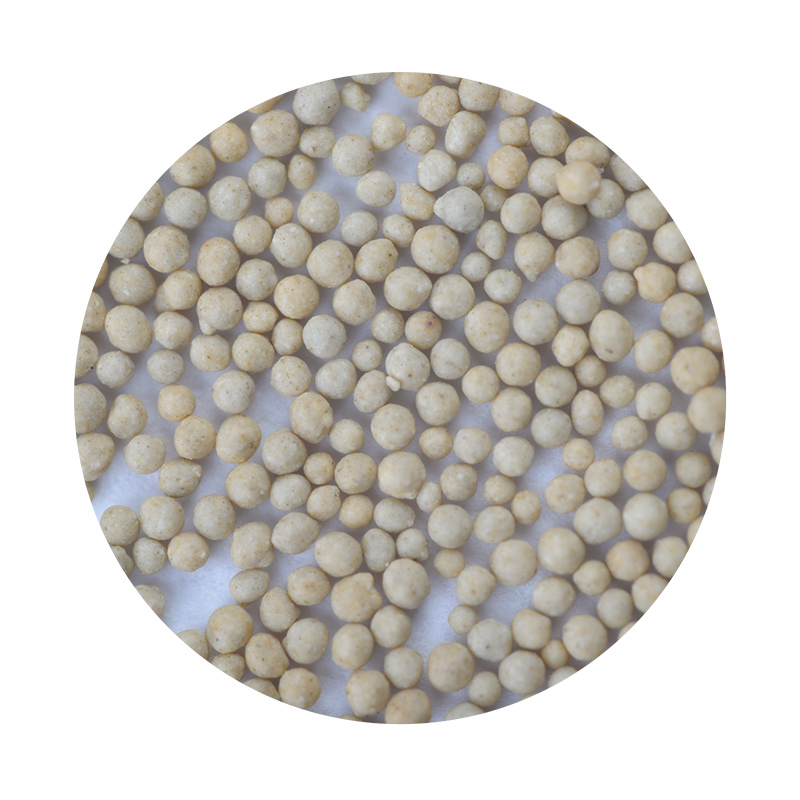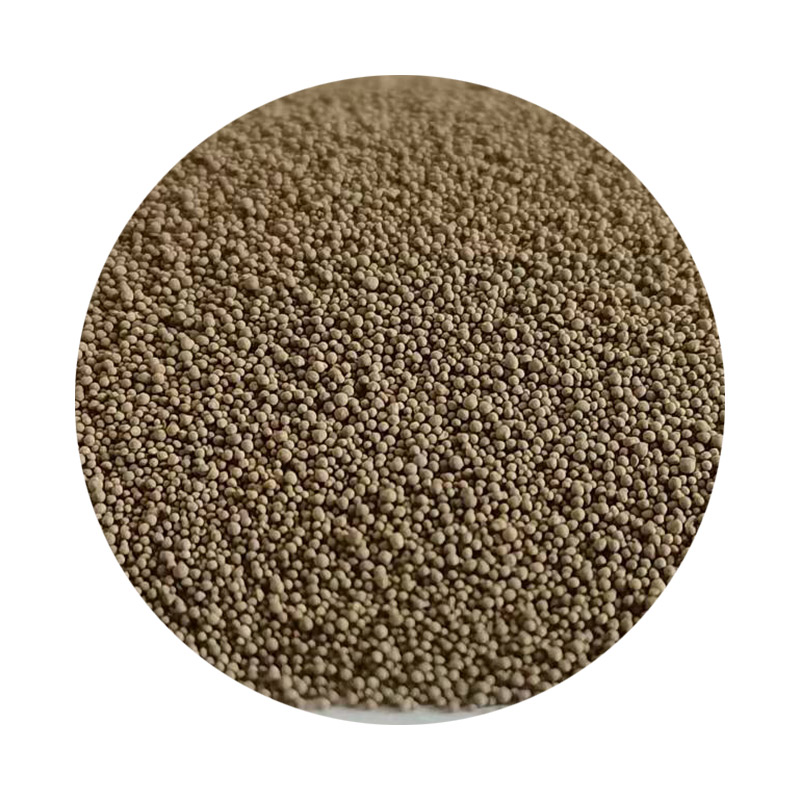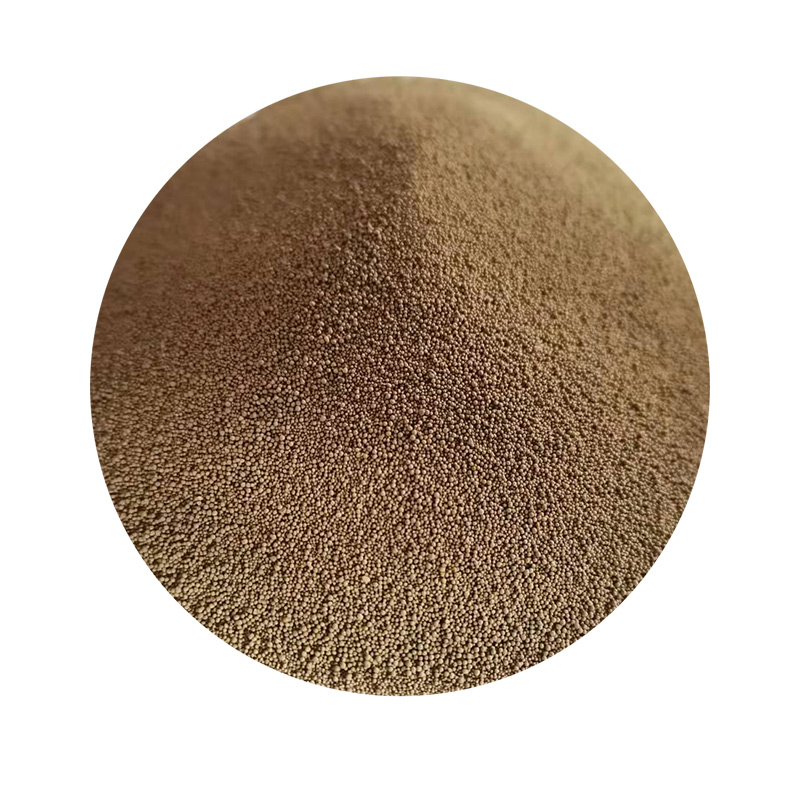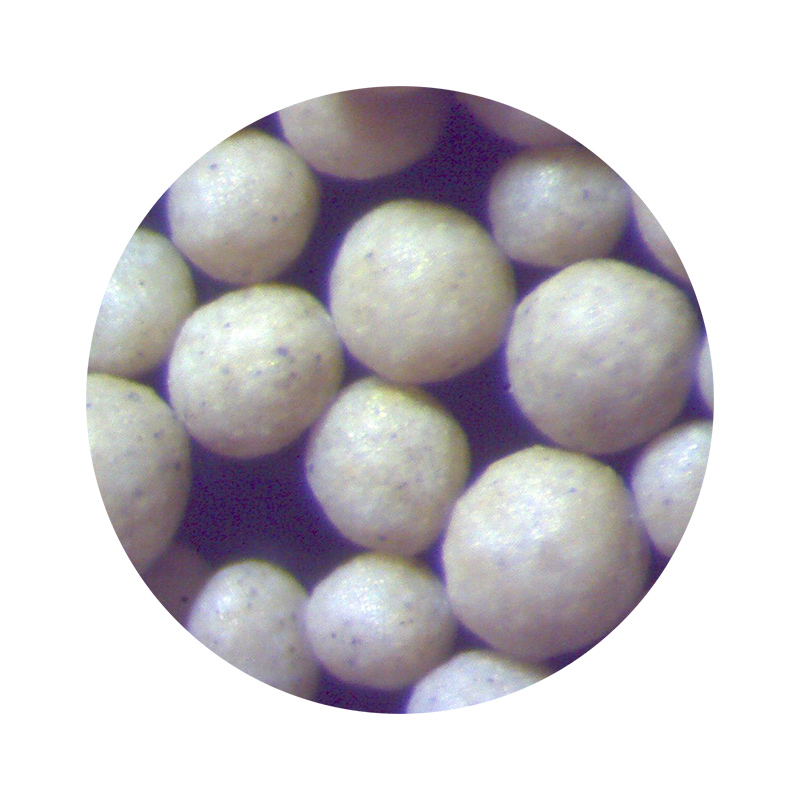
- Người châu Phi
- Tiếng Albania
- tiếng Amharic
- tiếng Ả Rập
- tiếng Armenia
- Tiếng Azerbaijan
- Tiếng Basque
- Người Belarus
- tiếng Bengali
- tiếng Bosnia
- tiếng Bungari
- tiếng Catalan
- Cebuano
- Trung Quốc
- Trung Quốc (Đài Loan)
- Corsican
- tiếng Croatia
- tiếng Séc
- người Đan Mạch
- tiếng Hà Lan
- Tiếng Anh
- Quốc tế ngữ
- tiếng Estonia
- tiếng Phần Lan
- người Pháp
- tiếng Frisia
- tiếng Galicia
- tiếng Gruzia
- tiếng Đức
- người Hy Lạp
- Gujarati
- Tiếng Creole Haiti
- hausa
- người Hawaii
- tiếng Do Thái
- Không
- Miêu
- người Hungary
- tiếng Iceland
- igbo
- tiếng Indonesia
- người Ailen
- người Ý
- tiếng Nhật
- tiếng Java
- tiếng Kannada
- tiếng Kazakhstan
- tiếng Khmer
- người Rwanda
- Hàn Quốc
- người Kurd
- Tiếng Kyrgyzstan
- Lao
- Latin
- tiếng Latvia
- tiếng Litva
- Tiếng Luxembourg
- Tiếng Macedonia
- Malgashi
- Mã Lai
- Mã Lai
- cây nho
- người Maori
- Tiếng Marathi
- tiếng Mông Cổ
- Myanmar
- tiếng Nepal
- người Na Uy
- người Na Uy
- tiếng Occitan
- Tiếng Pa-tô
- tiếng Ba Tư
- Đánh bóng
- tiếng Bồ Đào Nha
- Tiếng Punjab
- người Rumani
- tiếng Nga
- Tiếng Samoa
- Tiếng Gaelic của Scotland
- tiếng Serbia
- Tiếng Anh
- Shona
- tiếng Sindhi
- Sinhala
- Tiếng Slovak
- tiếng Slovenia
- tiếng Somali
- người Tây Ban Nha
- Tiếng Sundan
- tiếng Swahili
- tiếng Thụy Điển
- tiếng Tagalog
- Tiếng Tajik
- Tiếng Tamil
- Tatar
- tiếng Telugu
- tiếng Thái
- tiếng Thổ Nhĩ Kỳ
- người Thổ Nhĩ Kỳ
- tiếng Ukraina
- tiếng Urdu
- người Duy Ngô Nhĩ
- tiếng Uzbek
- Tiếng Việt
- người xứ Wales
- Giúp đỡ
- tiếng Yiddish
- Yoruba
- Tiếng Zulu
Cát gốm thiêu kết cho xưởng đúc có hộp lõi nguội
The cold box method refers to a resin sand forming process that is catalyzed/hardened by blowing in gas or aerosol, and formed instantaneously at room temperature. The common method is the triethylamine method, which uses phenolic-urethane resin and is hardened by blowing triethylamine gas. The characteristics of this process are: the core sand can be used for a long time, the mold-drawing time is short, the production efficiency is high, and the energy consumption is low.
Diesel engine castings, such as cylinder blocks, cylinder heads, intake and exhaust pipes, etc., some have complex core shapes and small partial cross-sectional areas, which are prone to false shots, fractures, etc., or veins appear in the castings due to the large expansion of silica sand. The probability of defects such as sticky sand and pores is also relatively high.
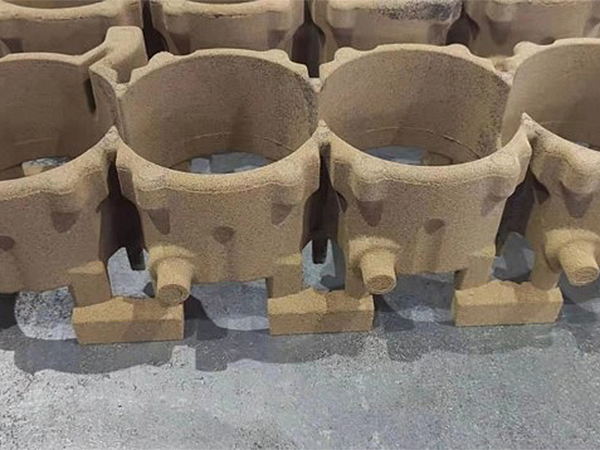
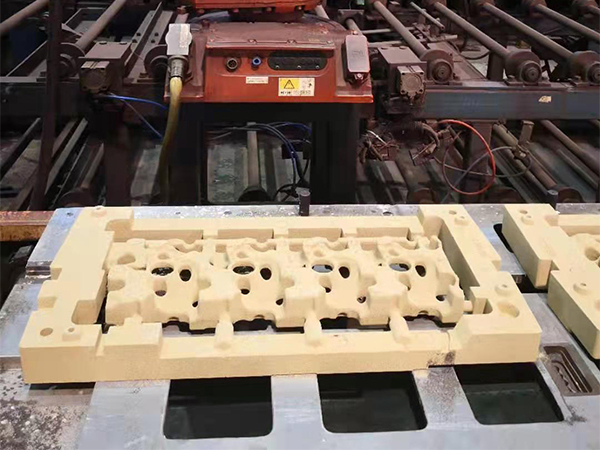
Using ceramic sand or mixing ceramic sand and silica sand in proportion, the amount of resin added is reduced by 20-30%, and the above defects have been significantly improved. At the same time, the sand core has good collapsibility, which reduces the workload of casting cleaning. As a result, more and more diesel engine casting foundries have adopted ceramic sand cold core box technology.
Tài sản cát gốm
| Thành phần hóa học chính | Al₂O₃≥53%, Fe₂O₃<4%, TiO₂<3%, SiO₂≤37% |
| Hình dạng hạt | hình cầu |
| Hệ số góc | ≤1.1 |
| Kích thước từng phần | 45μm -2000μm |
| Tính khúc xạ | ≥1800℃ |
| Mật độ lớn | 1,5-1,6 g/cm3 |
| Giãn nở nhiệt(RT-1200oC) | 4,5-6,5x10-6/k |
| Màu sắc | Cát |
| PH | 6.6-7.3 |
| Thành phần khoáng vật | Mềm + Corundum |
| Chi phí axit | <1 ml/50g |
| LỢI | <0,1% |
Compare with other raw sand test result of Cold box process
| Raw Sand | Resin Add. | 2h Tensile Strength | Gas Evolution |
| Sintered Ceramic Sand | 1.5% | 2.098 MPa | 10.34 ml/g |
| Scrubbed Sand | 1.5% | 1.105MPa | 13.4 ml/g |
| Baked Sand | 1.5% | 1.088 MPa | 12.9 ml/g |
| Sintered Ceramic Sand+ Scrubbed Sand | 1.5% | 1.815 MPa | 12.5 ml/g |
| Sintered Ceramic Sand+ Baked Sand | 1.5% | 1.851 MPa | 12.35 ml/g |
| Chromite Sand+ Scrubbed Sand | 1.5% | 0.801 MPa | 10.85 ml/g |
| Chromite Sand+ Baked Sand | 1.5% | 0.821 MPa | 10.74 ml/g |
Compare with Castings defects rate of Cold box process
| Raw Sand | Veins | Core Broken | Sinter | Choke | Total |
| Sintered Ceramic Sand | 0% | 2% | 0% | 0 | 2% |
| Scrubbed Sand | 28% | 12% | 4% | 3% | 47% |
| Baked Sand | 24% | 10% | 3% | 2% | 39% |
| Sintered Ceramic Sand+ Scrubbed Sand | 12% | 4% | 1% | 2% | 19% |
| Sintered Ceramic Sand+ Baked Sand | 7% | 3% | 2% | 2% | 14% |
| Chromite Sand+ Scrubbed Sand | 13% | 6% | 5% | 4% | 28% |
| Chromite Sand+ Baked Sand | 12% | 4% | 2% | 2% | 20% |
Các bộ phận của phân bố kích thước hạt
Phân bố kích thước hạt có thể được tùy chỉnh theo yêu cầu của bạn.
|
Lưới thép |
20 | 30 | 40 | 50 | 70 | 100 | 140 | 200 | 270 | Chảo | AFS | |
|
μm |
850 | 600 | 425 | 300 | 212 | 150 | 106 | 75 | 53 | Chảo | ||
| Mã số | 40/70 | ≤5 | 20-30 | 40-50 | 15-25 | ≤8 | ≤1 | 43±3 | ||||
| 70/40 | ≤5 | 15-25 | 40-50 | 20-30 | ≤10 | ≤2 | 46±3 | |||||
| 50/100 | ≤5 | 25-35 | 35-50 | 15-25 | ≤6 | ≤1 | 50±3 | |||||
| 100/50 | ≤5 | 15-25 | 35-50 | 25-35 | ≤10 | ≤1 | 55±3 | |||||
| 70/140 | ≤5 | 25-35 | 35-50 | 8-15 | ≤5 | ≤1 | 65±4 | |||||
| 140/70 | ≤5 | 15-35 | 35-50 | 20-25 | ≤8 | ≤2 | 70±5 | |||||
| 100/200 | ≤10 | 20-35 | 35-50 | 15-20 | ≤10 | ≤2 | 110±5 | |||||
Danh mục sản phẩm
